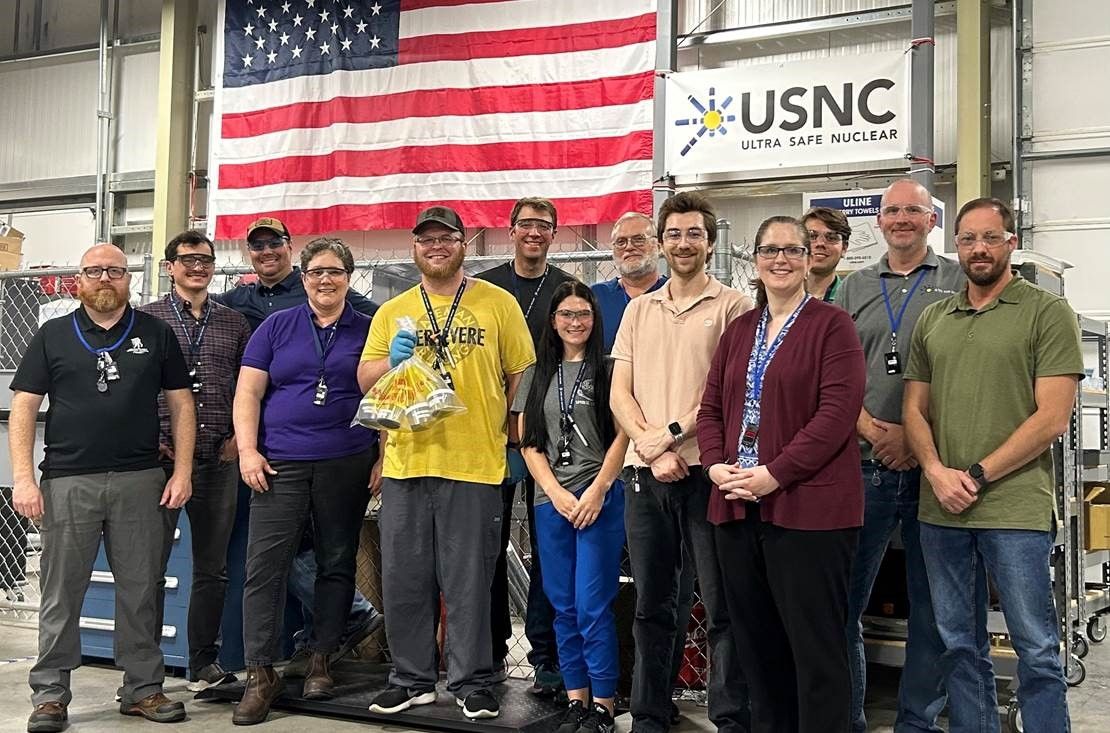 US-based Ultra Safe Nuclear Corporation (USNC) has delivered nuclear fuel to NASA’s Space Nuclear Power & Propulsion programme produced at its Pilot Fuel Manufacturing Facility (PFM). This is the first ever delivery by industry of uranium nitride coated particle TRIstructural ISOtropic (TRISO) fuel to NASA.
US-based Ultra Safe Nuclear Corporation (USNC) has delivered nuclear fuel to NASA’s Space Nuclear Power & Propulsion programme produced at its Pilot Fuel Manufacturing Facility (PFM). This is the first ever delivery by industry of uranium nitride coated particle TRIstructural ISOtropic (TRISO) fuel to NASA.
The fuel particles were small-diameter uranium nitride kernels with a tri-structural zirconium carbide outer coating surrounding pyrolytic carbon and porous carbon buffer layers. Previous attempts by industry to leverage uranium nitride fuel without tri-structural coatings failed at temperatures well below predicted or desired performance levels. NASA believes this more robust fuel form will unlock higher performance at lower cost for future space nuclear efforts.
"It’s great to see industry stepping up with investment in infrastructure that delivers,” said Jason Turpin, Space Nuclear Propulsion Program Manager for NASA. “Advanced capabilities like the Pilot Fuel Manufacturing facility mean more tools in the NTP toolbox and that provides a shorter and clearer path to success."
Dr Kurt Terrani, USNC’s Executive Vice President for fuel development said the process and facility were designed specifically to be both scalable and flexible “to meet the needs of a rapidly expanding market for advanced coated particle nuclear fuels”.
By leveraging an experienced team and many technologies both with roots going back to Oak Ridge National Laboratory, USNC was able to miss lab-scale deployment and set up a single line of production-scale equipment within 15 months. The PFM facility holds a radioactive material licence and is located on the former K-25 site at Oak Ridge, Tennessee.
PFM will support USNC in the near term across a number of areas including manufacture of Qualification Fuel test articles for its Micro-Modular Reactor (MMR). It improves the production-scale equipment and supports the licensing activities for the recently announced planned Joint Venture with Framatome for large scale production of TRISO-based fuels.
Image: USNC






